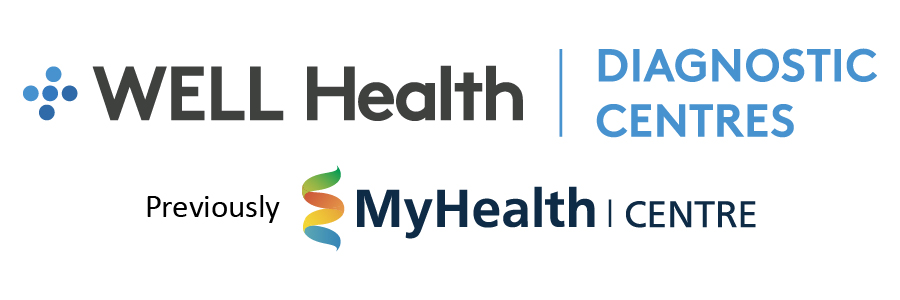NEWS & INSIGHTS
Heart Failure vs. Heart Attack: Symptoms & Action

It’s critical to recognize the difference between a heart attack and heart failure while dealing with cardiac issues. Although they have different causes, symptoms, and immediate reactions, both illnesses have the potential to be fatal. This blog post will cover everything from the distinctions between a heart attack and heart failure to identifying the signs, what to do in an emergency, how to get medical help, treatment options, preventive measures, and long-term strategies for keeping your heart healthy.
Recognizing Symptoms: Heart Failure vs. Heart Attack
Heart Failure: Also known as congestive heart failure (CHF), heart failure is a chronic illness in which the heart is unable to pump blood efficiently, according to Healthline. The most typical signs of heart failure include exhaustion, edema in the ankles and legs, chronic coughing, especially at night, and shortness of breath. Certain patients also experience palpitations or flutters in the heart.
Heart Attack: Contrarily, a heart attack happens when there is an abrupt stoppage of blood supply to a section of the heart muscle, typically due to a blood clot. Chest pain or discomfort, pain spreading to the jaw, arm, or back, nausea, cold chills, and shortness of breath are some signs and symptoms of a heart attack. It’s crucial to remember that not everyone who has a heart attack feels chest pain.
Immediate Response: What to Do in a Heart Failure or Heart Attack
Heart Failure: Make sure the person is seated comfortably, and dial 911 right away if you think they may be suffering from heart failure. While waiting for medical assistance, reassuring the patient and offering emotional support is critical. Doctor-prescribed medication can help control the symptoms of heart failure.
Heart Attack: Call 911 right away if you think you may be having a heart attack, says the Mayo Clinic. Urge the person to eat one aspirin daily to help thin the blood and enhance blood flow. Avoid any demanding activities and maintain the person’s composure. During a heart attack, prompt medical attention, such as angioplasty or clot-busting drugs, is essential to reducing the amount of damage to the heart muscle.
Seeking Medical Assistance: Actionable Steps
Getting medical help as soon as possible is crucial, whether you’re having a heart attack or heart failure. Healthcare professionals will perform cardiology tests, such as electrocardiography, echocardiography, or coronary angiography to identify the precise ailment and ascertain the best line of treatment.
Treatment and Management Approaches
Heart Failure: Heart failure treatment aims to improve the heart’s ability to pump blood, ease symptoms, and improve the patient’s quality of life. ACE inhibitors, beta-blockers, and diuretics are among the often given medications. In addition, lifestyle modifications, such as quitting smoking, maintaining a heart-healthy diet, and regular exercise are crucial for managing heart failure.
Heart Attack: Prompt measures are essential to restore blood flow to the heart muscle. After that, doctors may recommend drugs, such as beta-blockers, statins, and aspirin to stop similar occurrences in the future. Long-term care must include lifestyle changes, such as regular exercise and a diet low in cholesterol.
Preventive Measures: Avoiding Heart Failure and Heart Attack
People should lead heart-healthy lifestyles to lower their risk of heart attacks and heart failure. This entails avoiding tobacco usage, controlling stress, eating a balanced diet, and getting frequent exercise. A healthcare provider’s routine examinations can assist in identifying and managing risk factors of cardiovascular disease.
Risk Factors and Precautions
High blood pressure, diabetes, obesity, smoking, and a family history of heart disease are frequently to blame for heart failure and heart attacks, according to the CDC. Those with these risk factors should exercise extra caution when managing their health and taking preventative steps.
Long-Term Heart Health Strategies
Heart health is ultimately a lifetime endeavour. Even after a heart attack or heart failure diagnosis, it’s critical to maintain a heart-healthy lifestyle. Regular medical monitoring, taking prescription drugs as directed, and having a solid support network can help you achieve a longer and healthier life.
Distinguishing between a heart attack and heart failure is essential for identifying symptoms and acting appropriately. Both problems need to be treated medically immediately, and the results can be significantly improved with early intervention. People can lower their risk and improve their heart health for years by implementing preventative measures and adhering to a healthy lifestyle.
Sources: www.heart.org ; www.ncbi.nlm.nih.gov; www.cdc.gov; www.health.harvard.edu
WELL Health Diagnostic Centres’ 40+ Ontario locations provide OHIP-covered cardiology, radiology, women’s health, telehealth, and sleep diagnostic services – with shorter wait times, faster report turn-around, and the highest standard of patient care.
